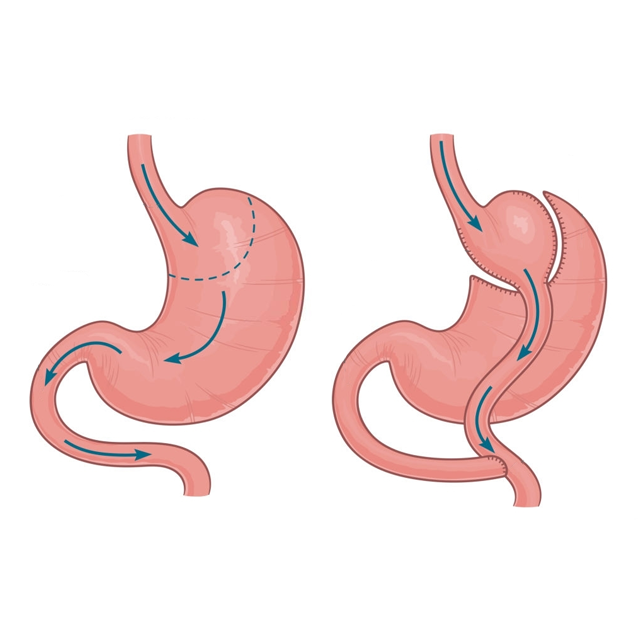3.8K
previous post
الزائدة| appendix surgery
next post
